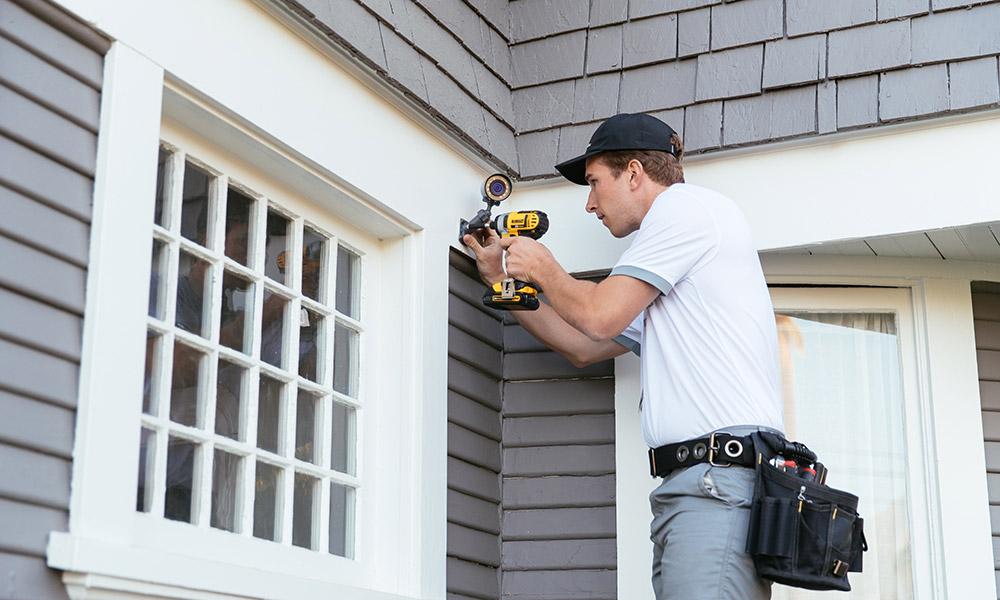
Surveillance cameras give you the ability to monitor any or all activities occurring inside or outside your business or home 24/7 using a laptop, smartphone or other Internet-enabled devices.
10 FAQs about surveillance cameras and how they work
1. How do security cameras work?
Many wonder how surveillance cameras work. For our purposes, we will use the terms “surveillance camera” and “security camera” interchangeably. To understand how security cameras work, you first need to understand the different types. Security cameras, or surveillance cameras, come in one of two types: either as an analog surveillance system, or an IP camera system (also referred to as a network camera). Analog systems are generally less expensive than the IP camera option because with an IP camera, the DVR function is included in the camera itself, whereas with an analog surveillance camera, an external DVR must be connected.
2. How well do surveillance cameras capture images at night?
Infrared surveillance cameras are equipped with detector chips sensitized to detect visible or near-infrared radiation. These cameras transmit clearly defined images directly to monitor screens whether it is completely dark or semi-dark.
3. How can surveillance cameras capture events occurring at the camera's peripheral?
Equipped with the technology to tilt capture, as well as pan and zoom, surveillance cameras work even better than a pair of human eyes because of their ability to provide real-time, factually objective images of perpetrators in the act of committing a crime. This gives law enforcement the information they need to quickly find the burglar and make an arrest.



